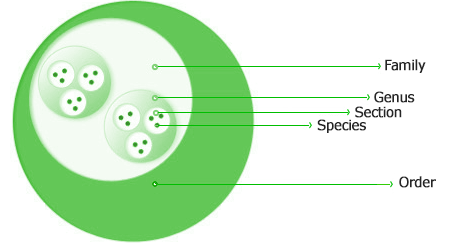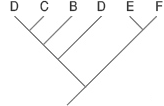- 글로벌메뉴
- KOREAN

 Korea Biodiversity Information System > Plant Resource > Plant class > Plant Classification
Korea Biodiversity Information System > Plant Resource > Plant class > Plant Classification
Taxonomy is the method by which living organisms are identified and named.
The taxa of living organisms are based on the rules and principles of common morphological characteristics they share.
The name of a living organism and its place in the hierarchy provides information about related living organisms.
For example, vascular plants can be classified into ferns, gymnosperms, and angiosperms, and for plants classified into Oleaceae, Syringa,
it is possible to identify the close relationships of plants in the relevant genus.
The classification system is composed in a stratified structure that generally comprises domain->kingdom->division->class->order->family->genus->species.
Scientific names are composed of a binominal name, generic name and species epithet, generally followed by an author name (e.g., Hibiscus syriacus L.).
The naming rules and guidelines follow the International Code of Botanical Nomenclature.

Pedigree refers to the evolutionary history of biota, and aspects of biological evolution are depicted by dendrograms, which are diagrams with branches like a tree.
